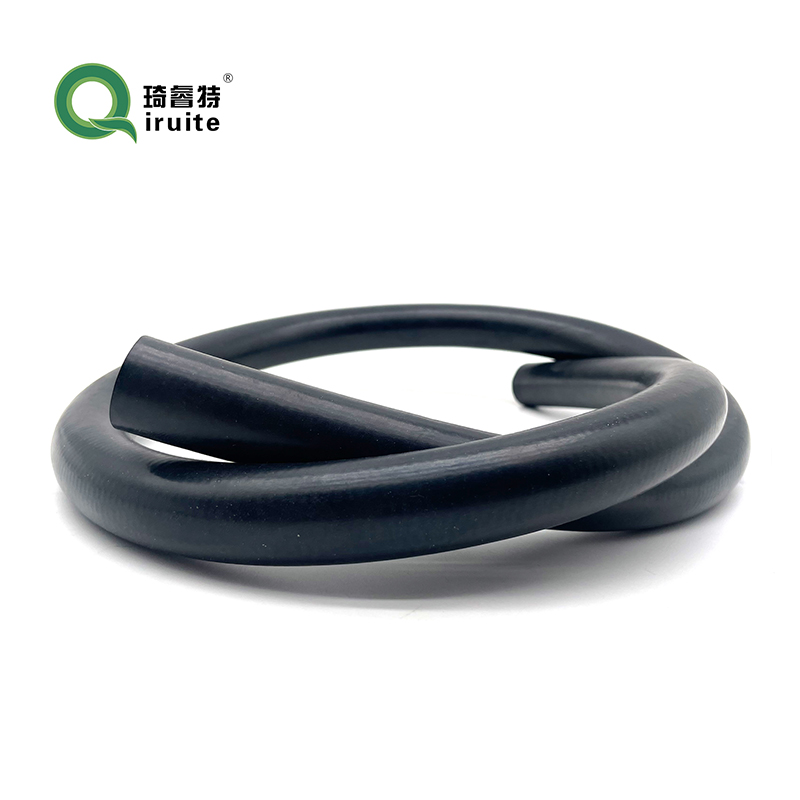Understanding Flexible Pipe Couplings and Their Applications in Modern Plumbing Systems
The Importance of Flexible Pipe Couplings in Modern Engineering
In the realm of modern engineering and construction, flexible pipe couplings play a crucial role in ensuring the efficiency and safety of fluid transfer systems. These components, often overlooked, are integral to a wide range of applications, from residential plumbing to large-scale industrial processes. By understanding the significance of flexible pipe couplings, engineers and contractors can make informed decisions that enhance system performance and durability.
Flexible pipe couplings are designed to connect two sections of pipe while accommodating misalignments, vibrations, and thermal expansion. Traditional rigid couplings can create stress on pipe systems, leading to failures over time. In contrast, flexible couplings offer a solution that allows for slight movements and adjustments, preserving the integrity of the piping system. These couplings are particularly valuable in environments where pipes may shift due to ground settling or thermal changes.
One of the primary advantages of flexible pipe couplings is their ability to reduce the transmission of vibrations generated by pumps or machinery. By dampening these vibrations, flexible couplings minimize the risk of damage to pipes and associated fixtures. This feature is especially critical in industrial settings, where equipment operates at high speeds and generates substantial forces. The adoption of flexible couplings in such scenarios can extend the lifespan of piping systems and reduce maintenance costs.
flexible pipe coupling

Moreover, flexible pipe couplings facilitate smoother installation processes. Unlike rigid couplings that often require precise alignments, flexible couplings can accommodate minor variations in pipe positioning. This ease of installation can save valuable time and labor costs on construction sites. For example, in applications like wastewater treatment plants or chemical processing facilities, where the configuration of piping systems can be complex, flexible couplings provide significant advantages in flexibility and adaptability.
Flexible pipe couplings are also vital in applications that involve different materials. When connecting pipes made from dissimilar materials—such as metal and plastic—flexible couplings enable effective sealing while preventing stress concentrations that could lead to leaks or failures. This versatility allows engineers to design piping systems that optimize material properties and performance without compromising system reliability.
The environmental considerations associated with fluid transfer systems also underscore the importance of flexible pipe couplings. With increasing emphasis on sustainability and reducing leaks in pipelines, flexible couplings can enhance the overall reliability of fluid systems. By accommodating movements and reducing stress, they help maintain seals and joints, contributing to decreased risk of environmental contamination.
In conclusion, flexible pipe couplings are essential components in various engineering applications, known for their ability to accommodate misalignments, reduce vibrations, and simplify installation processes. They play a critical role in enhancing the durability and performance of piping systems across multiple industries. As engineering continues to evolve, the significance of these components is likely to grow, prompting further innovation in coupling design and application. For contractors and engineers, investing in high-quality flexible pipe couplings can yield long-term benefits, leading to safer, more efficient, and more reliable fluid transfer systems.
-
Ultimate Spiral Protection for Hoses & CablesNewsJun.26,2025
-
The Ultimate Quick-Connect Solutions for Every NeedNewsJun.26,2025
-
SAE J1401 Brake Hose: Reliable Choice for Safe BrakingNewsJun.26,2025
-
Reliable J2064 A/C Hoses for Real-World Cooling NeedsNewsJun.26,2025
-
Heavy-Duty Sewer Jetting Hoses Built to LastNewsJun.26,2025
-
Fix Power Steering Tube Leaks Fast – Durable & Affordable SolutionNewsJun.26,2025

